Top 20 best dry red wine types of 2020 Nonsweet wines worth drinking
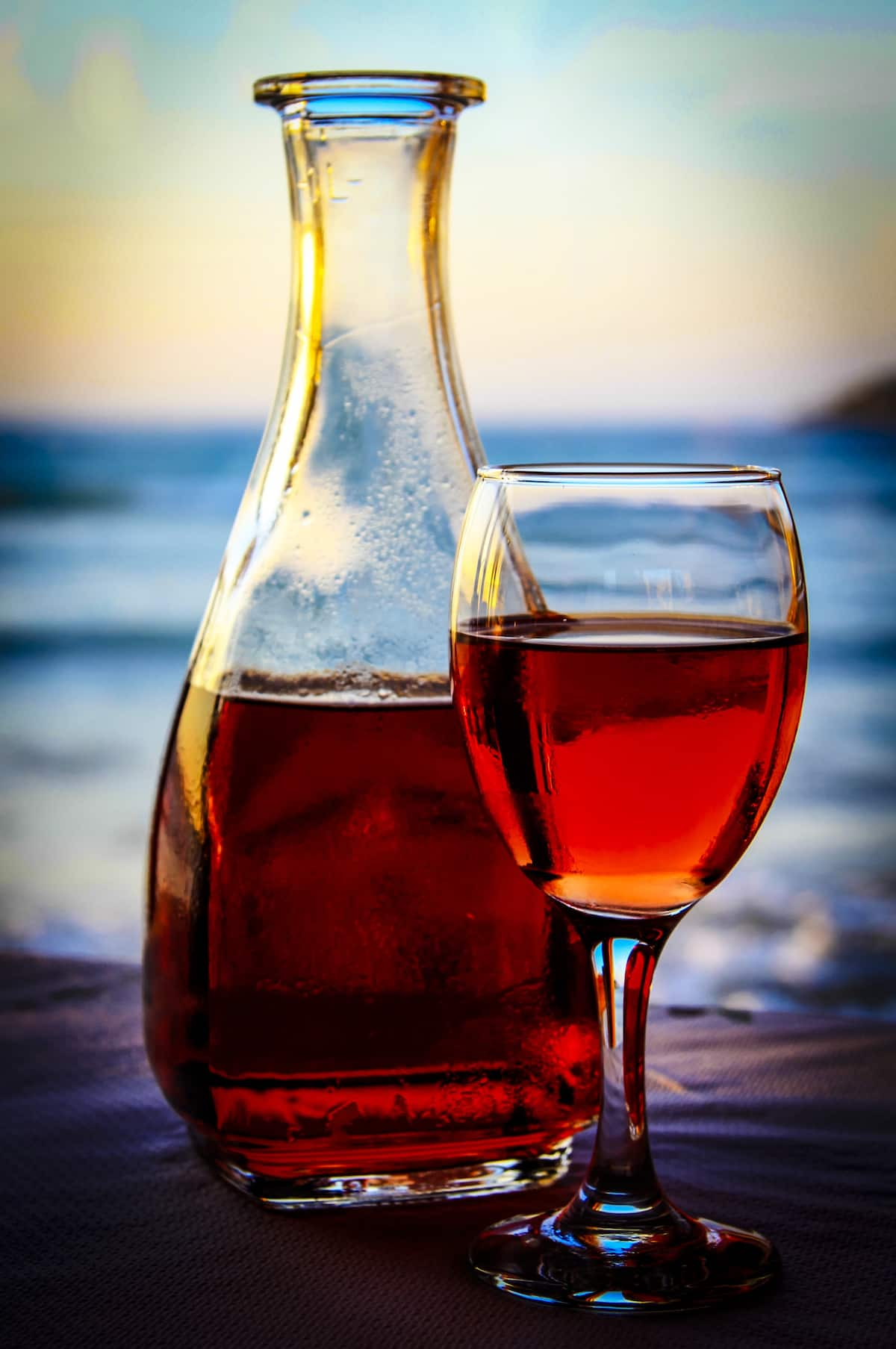
Top 20 best dry red wine types of 2020 Nonsweet wines worth drinking
For example, in red wines, there are dry wines, and sweet wines, and it seems a number of wines in between. So what's the difference? Dry wines are wines that have no sugar residue. The fermentation process that creates wine is a process where the sugar in the grapes is broken down, and fermented, to create the wine. Sometimes there are.
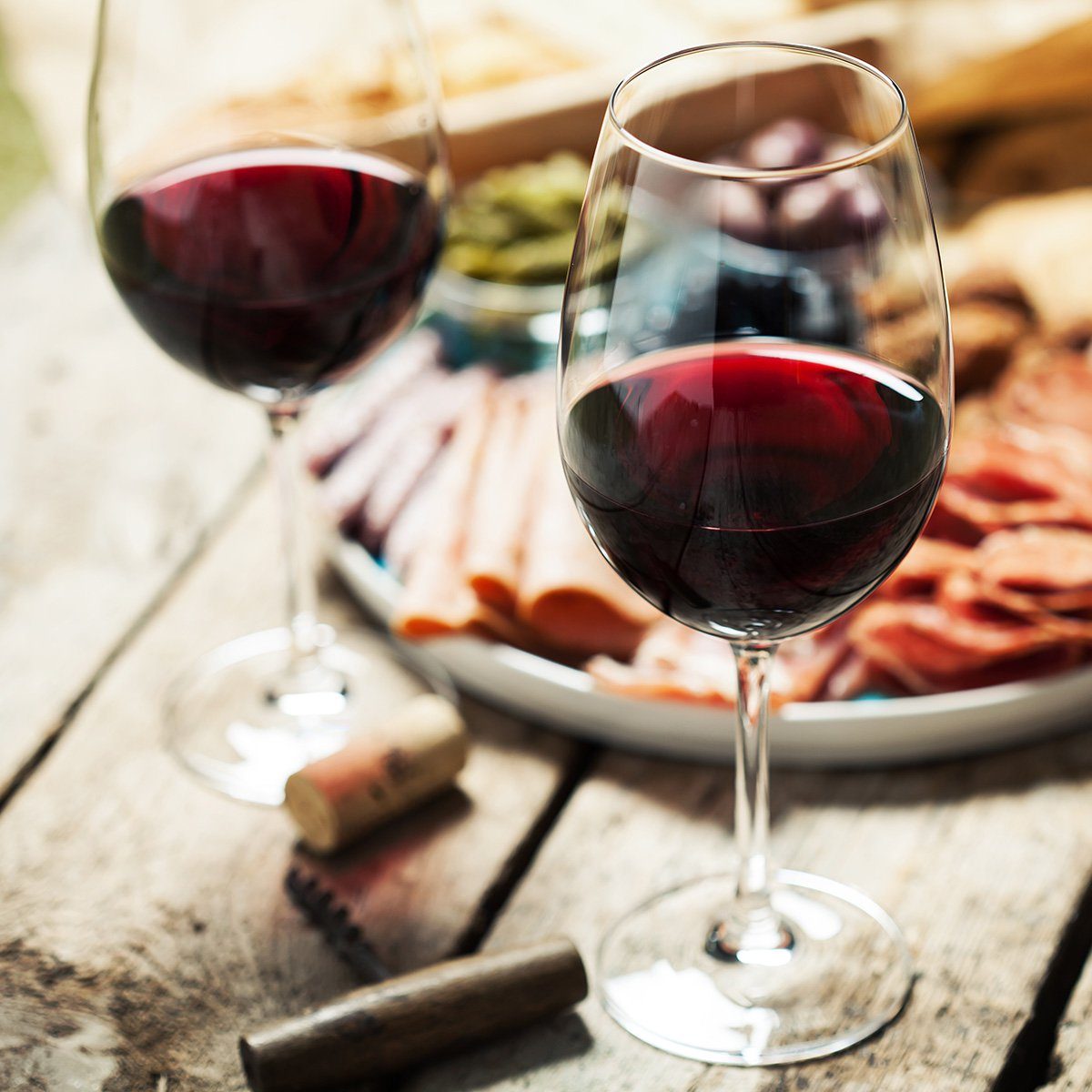
Red Wine Types A Guide From Sweet to Dry Best Health Magazine
Here are the dry red wine types based on the grape variety: 1. Cabernet Sauvignon. The Cabernet Sauvignon grape variety is grown across the globe in the US, France, Australia, Chile, Argentina, and Italy. In France's Bordeaux, Cabernet Sauvignon is blended with Cabernet Franc and Merlot.
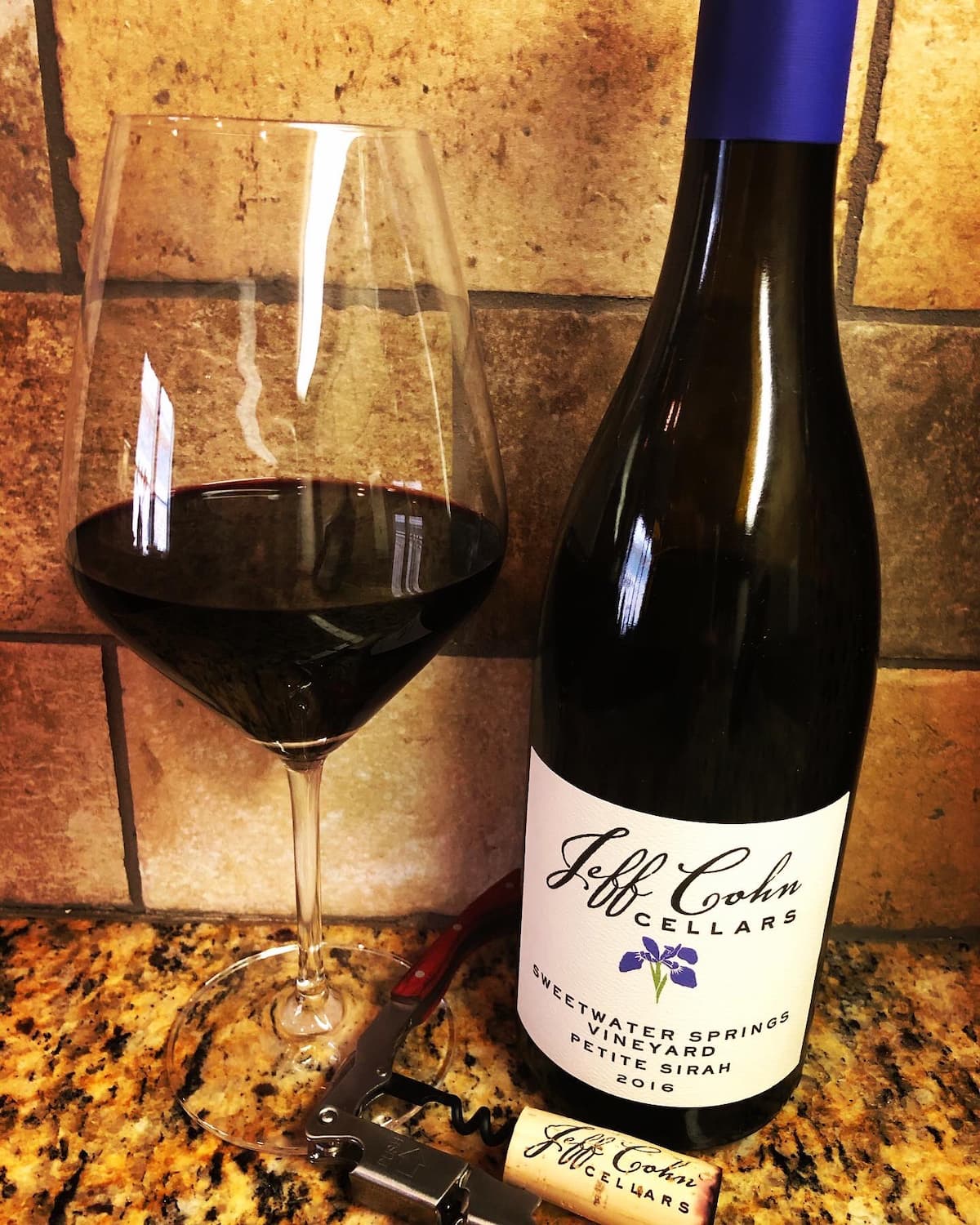
Top 20 best dry red wine types of 2020 Nonsweet wines worth drinking
Dry Red Wine Alcohol Content. Dry red wines typically have a moderate to high alcohol content. This adds warmth and body to the wine, contributing to its overall richness. Most dry wines will be 12-16% ABV. Full-Bodied . Many of these wines are considered full-bodied, meaning they have a rich and weighty feel on the palate.
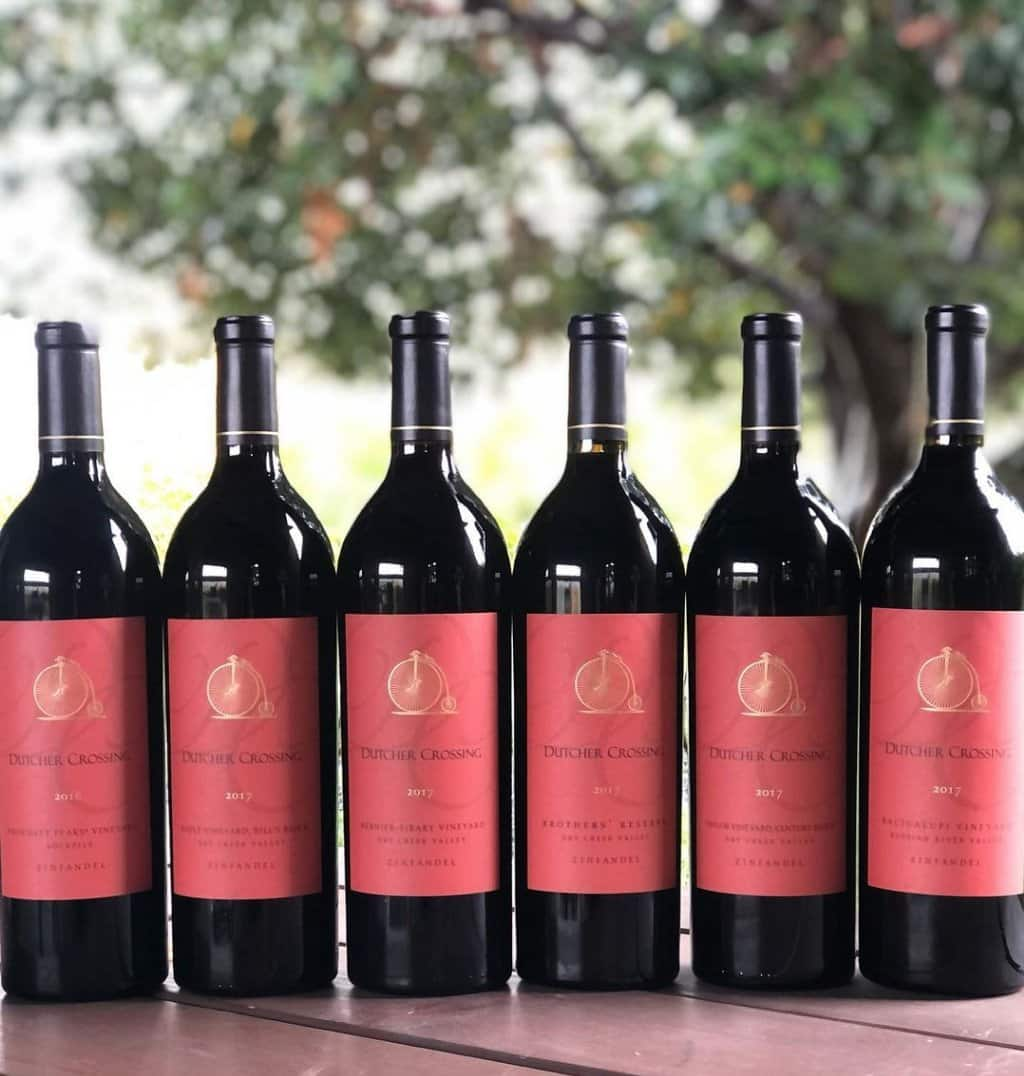
Top 20 best dry red wine types of 2020 Nonsweet wines worth drinking
Read this trusty guide. By Mark Stock November 29, 2022. There are oceans of red wine out there and we're not talking about the Red Sea. We're talking Cabernet Sauvignon, Merlot, Malbec.

Dry Red Wine Ingredient FineCooking
You can use wine tech sheets to find the exact number. (So useful!) Below 1% sweetness, wines are considered dry. Above 3% sweetness, wines taste "off-dry," or semi-sweet. Wines above 5% sweetness are noticeably sweet! Dessert wines start at around 7-9% sweetness. By the way, 1% sweetness is equal to 10 g/L residual sugar (RS).

What Is The Driest Red Wine? Know the Facts Wesley's Wine Tips
12) Petite Sirah - California. This red wine varietal is popular in Argentina, Australia, California, and Chile, although it's originally from France. Petit Sirah is popular as a bold red wine with rich ripe black fruit tastes and robust tannins. Its most commonly found in California and, as the name suggests, it's a smaller grape.
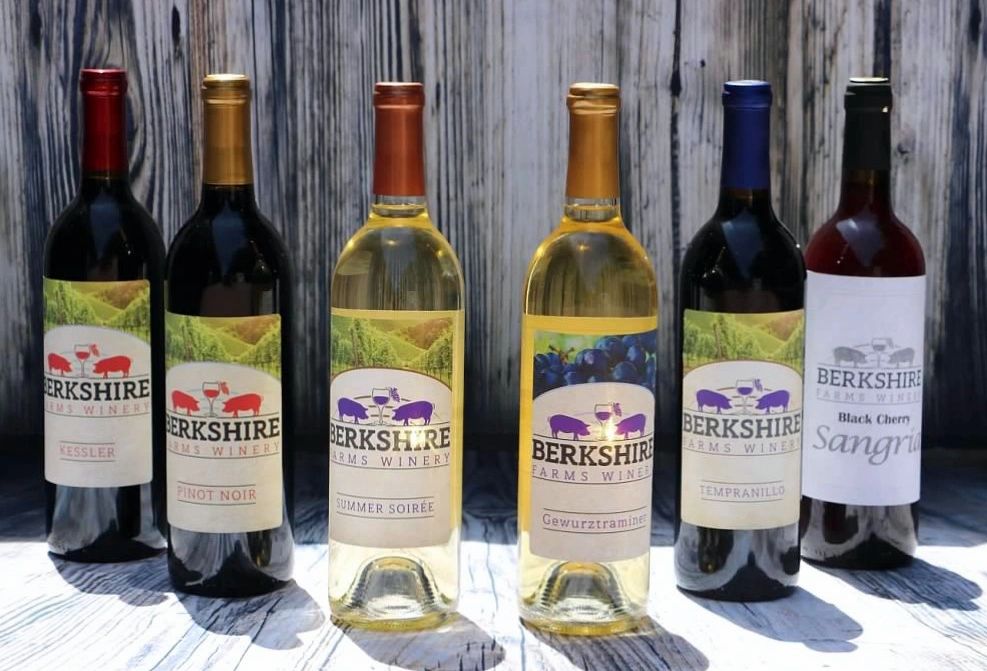
Dry, red wine
Dry red wine is red wine that contains little or no sugar. Dry wines are the opposite of sweet wines. No laws in the United States dictate how much sugar a dry red wine may have, however, in the EU, a dry wine may have up to nine grams of sugar per liter. In practice, however, most dry wines contain much less. Wine professionals define dry wine.

Dry Red Wine A Guide Kings Of Wine
Quick Tips for Cooking With Red Wine. Avoid "cooking wine.". This is usually a blend of poor quality wines and added salt. If a recipe calls for "dry red wine," use a dry red. Cabernet Sauvignon, Pinot Noir, and Merlot are good choices that are easy to find. Use Marsala, Madeira, and other fortified wines as instructed in recipes.

2017 Saudade Dry Red Wine Award Winning Wine from Presque Isle Wine
Dry Red Wine FAQ. Let's answer some of the most asked questions about dry red wine. Which red wines are dry? Cabernet Sauvignon, Merlot, Pinot Noir, Syrah/Shiraz, and Tempranillo are examples of dry red wines. What is a dry red wine for cooking? Merlot, Cabernet Sauvignon, and Chianti are popular choices for cooking due to their robust flavors.

Top 20 best dry red wine types of 2020 Nonsweet wines worth drinking
Malbec. Malbec is a very juicy wine that carries strong, delicious notes of dark chocolate and tobacco. This full-bodied dry red is made of purple grapes and is perfect for those who love the combination of pizza and wine. While the wine and pizza combination is a winner in every book, malbec also works very well with pastas and grilled meats.
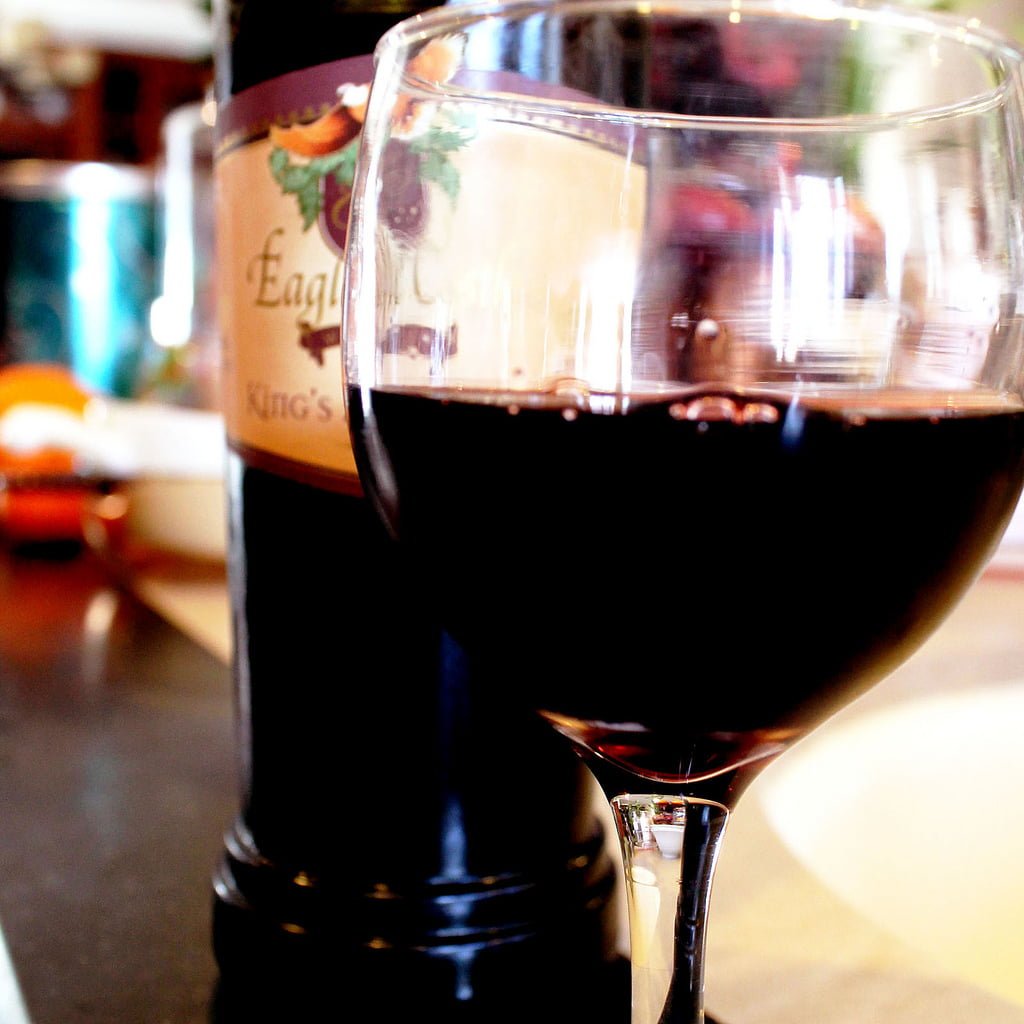
Best Types of Dry Red Wine for Health Benefits Superfoods Geek
The residual sugar content in dry wines is very low. They show a higher alcohol content compared to sweet red wine as the residual sugar in the grape juice is converted into alcohol during the fermentation process.. Dry red wine examples. Some of the classic examples of popular dry reds include Cabernet Sauvignon, Merlot, and Pinot Noir, with each specific style offering a unique flavor.

6 Best Dry Red Wines for 2023 Sauvignon, Merlot, Pinot Noir
Tempranillo is one of Spain's great wines. The best of the bunch comes from Rioja and Ribera del Duero, but marvelous examples exist across Spain into Portugal where it's called Aragonez or Tinto Roriz. Tempranillo unravels with aromas and flavors of cherry, red plum, dried herbs, leather, clove and occasionally, dill.
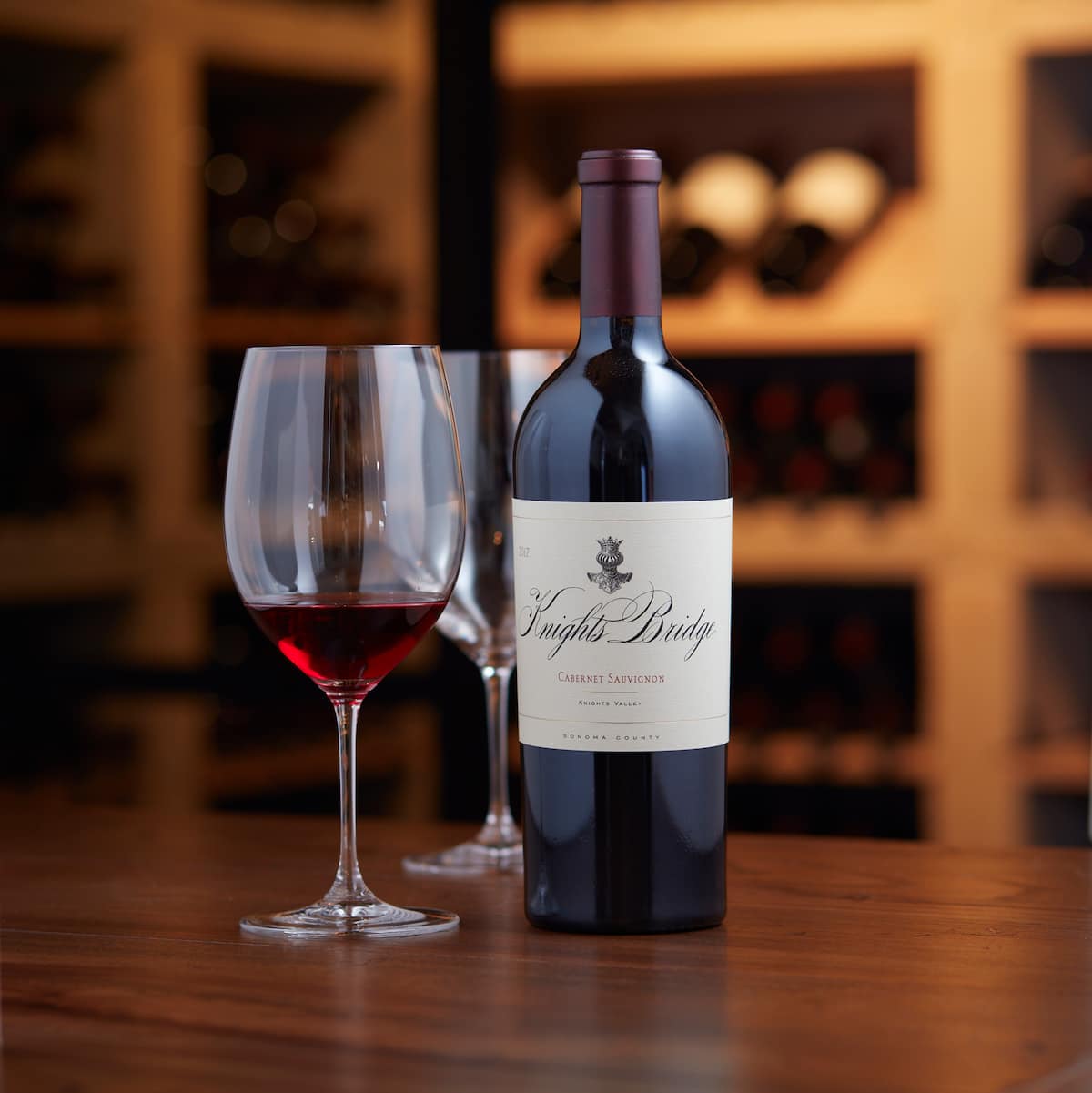
Top 20 best dry red wine types of 2020 Nonsweet wines worth drinking
Dry white wines include Sauvignon Blanc, Pinot Grigio, and Chardonnay with wines like Riesling moving towards the semi-sweet end of the spectrum. Similarity, red wines that are considered dry are Merlot, Cabernet Sauvignon, Syrah, Pinot Noir, Malbec, and Tempranillo. Cabernet and Merlot are the most popular and well-known produced red wine.
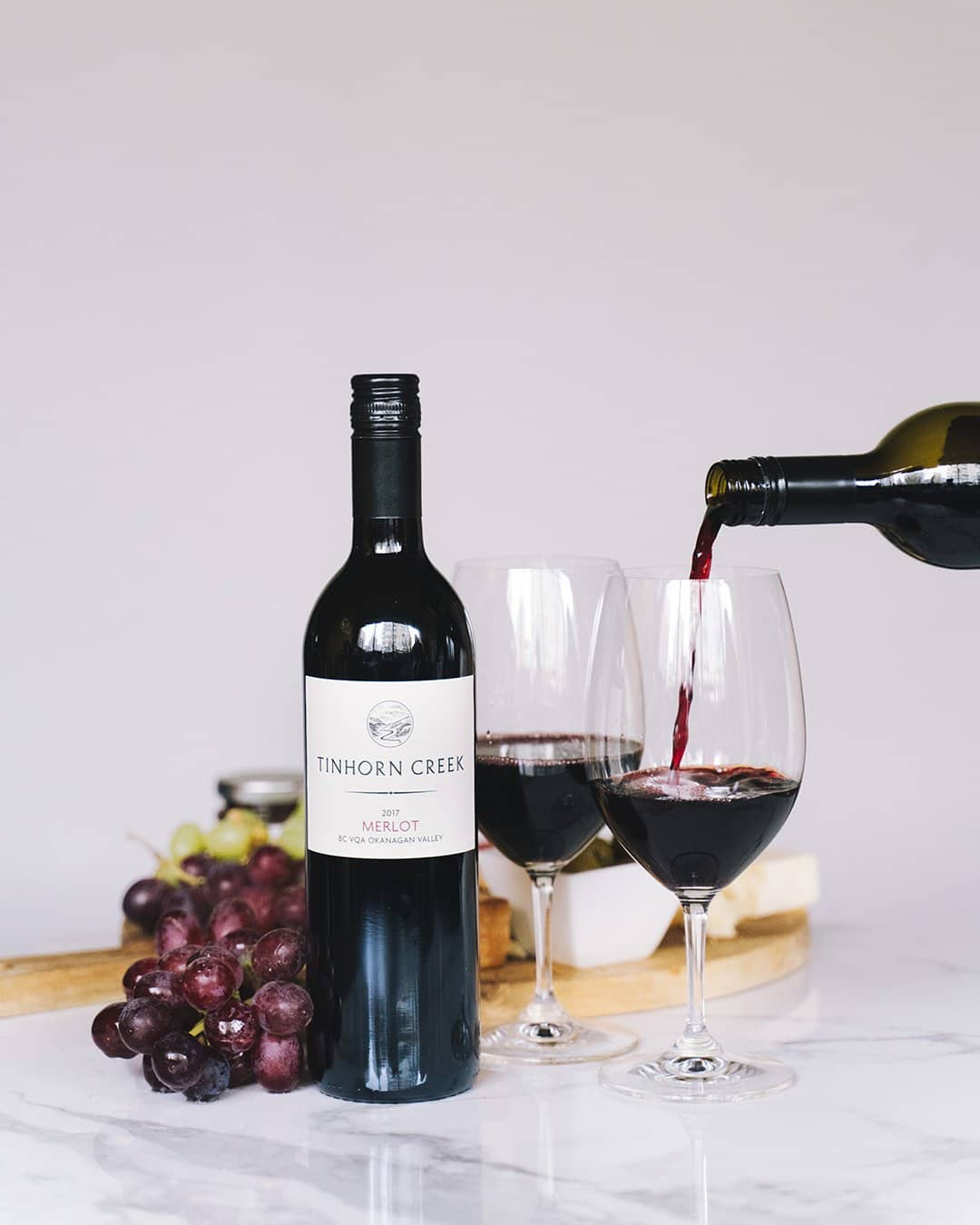
Top 20 best dry red wine types of 2020 Nonsweet wines worth drinking
1. Chianti: Chianti is a medium-bodied, highly acidic, tartly-juicy ruby red wine with flavors of cherry and earth, produced primarily with Sangiovese grapes in the Chianti region of Tuscany, Italy. Chianti features a high level of tannin, which contributes to its dry flavor. It has a floral scent and is deeply savory.

Feel free to browse our website to order online House Red wine
11. Meerlust Red Blend 2014. This dry red is a blend of 57% Merlot, 20% Cabernet Sauvignon, 12% Cabernet Franc and 11% Petit Verdot. This approachable South African red wine exudes complexity with its fruity flavors and smoothness. The wine is bright with a violet rim and has an intense, dark purple color.

Red wine — Stock Photo © AntonMatyukha 166773670
If all, or nearly all, of the sugar converts—with less than 10 grams of residual sugar per liter or less remaining—the wine is technically considered dry. In this sense, most table wines are "dry." But dryness is also a feeling you can get from red wine, particularly the tugging on your cheeks or chewy texture that can come from tannins.